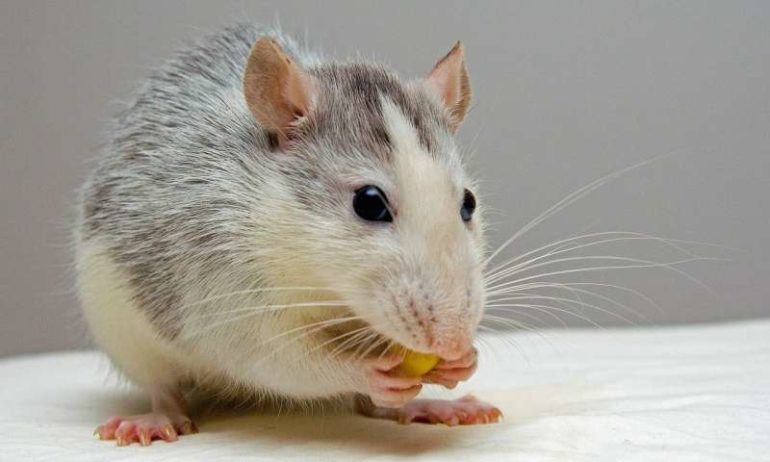Exposure to the widely used weed-killer glyphosate makes genetic changes to rats that can be linked to increased disease in their grandchildren and great-grandchildren, a new study has found.
The study provides evidence that glyphosate-induced changes to sperm from exposed rats could be used as biomarkers for determining propensity in subsequent generations for prostate and kidney diseases as well as obesity and incurring multiple diseases at once. In fact, by the time third- and fourth-generation rats whose predecessors had been exposed to the chemical were middle-aged, 90% had one or more of these health problems, a dramatically higher rate than the control group.
While limited in scope, the study, which tested generational groups of around 50 rats each, provides a proof of concept that could lead to a new medical diagnostic tool, said Michael Skinner, the corresponding author on the study published in the journal Epigenetics on Dec. 9.
“While we can’t fix what’s wrong in the individual who is exposed, we can potentially use this to diagnose if someone has a higher chance of getting kidney or prostate disease later in life, and then prescribe a therapeutic or lifestyle change to help mitigate or prevent the disease,” said Skinner, a professor of biological sciences at Washington State University.
This study follows a 2019 paper in Scientific Reports in which Skinner’s lab demonstrated the ability of glyphosate to promote the transgenerational inheritance of disease in mice.
Glyphosate is widely used in agriculture and common in the human food supply. Previous research has indicated that the chemical has limited toxicology for those that ingest it since it has a short half-life and breaks down in the body quickly. However, Skinner’s research and other animal studies have provided evidence that health effects from glyphosate and other chemicals can be inherited by subsequent generations.
In this current study, the research team took those findings further by identifying genetic changes in the rats’ sperm caused by the chemical. Sperm have a unique property in their DNA, a group of proteins called histones that are connected like beads on a string. Skinner and his colleagues found that glyphosate exposure causes the sperm to accumulate hundreds of new histones retention sites, and they correlated those histones to specific diseases in subsequent generations.
“We need to change how we think about toxicology,” Skinner said. “Today worldwide, we only assess direct exposure toxicology; we don’t consider subsequent generational toxicity. We do have some responsibility to our future generations.”
The study focuses on sperm, but the researchers anticipate the same ability to find markers in the female germline or eggs. Additional research is needed, first replicating this study in larger groups of animals which would help pinpoint the disease susceptibility rates more precisely. Ultimately, the goal would be able to produce diagnostic tests for humans, but replicating the studies in humans will be challenging simply because glyphosate is so ubiquitous in our diet, Skinner said.
“Right now, it’s very difficult to find a population that is not exposed to glyphosate to have a control group for comparison,” he said.
Researchers see health effects across generations from popular weed killer
More information:
Scientific Reports (2020). DOI: 10.1080/15592294.2020.1853319
Provided by
Washington State University
Citation:
Glyphosate can create biomarkers predicting disease in future generations (2020, December 9)
retrieved 10 December 2020
from https://medicalxpress.com/news/2020-12-glyphosate-biomarkers-disease-future.html
This document is subject to copyright. Apart from any fair dealing for the purpose of private study or research, no
part may be reproduced without the written permission. The content is provided for information purposes only.



